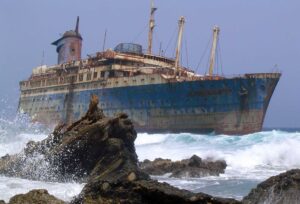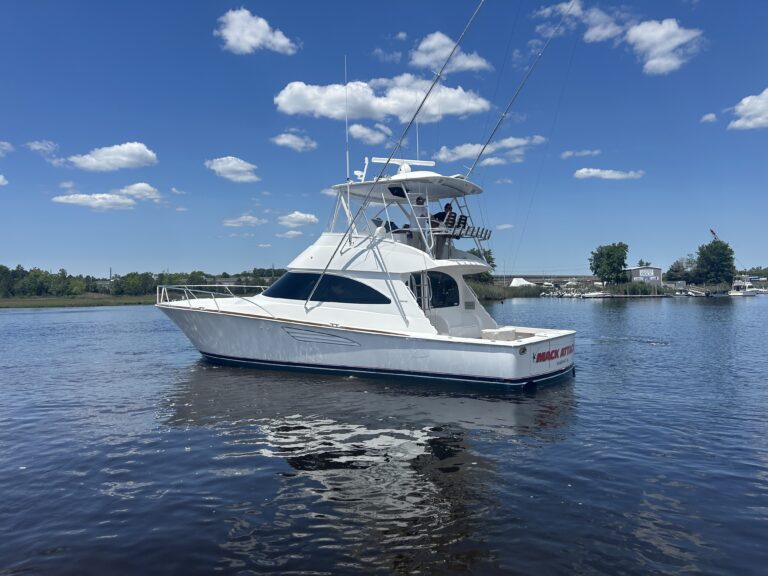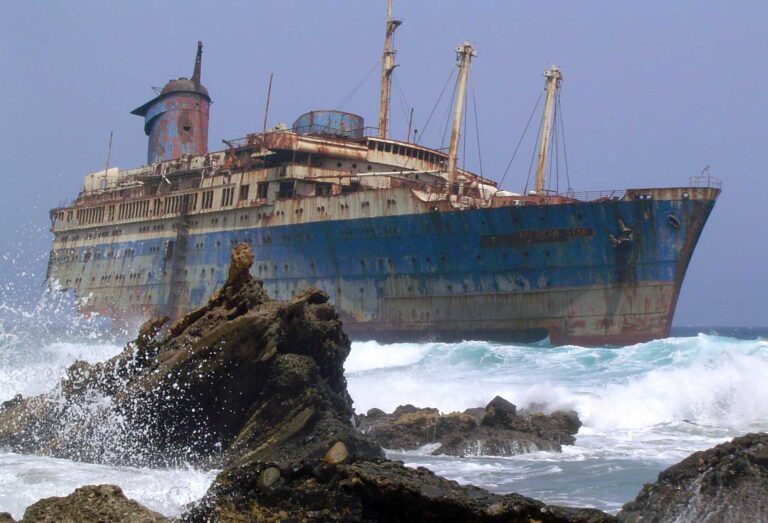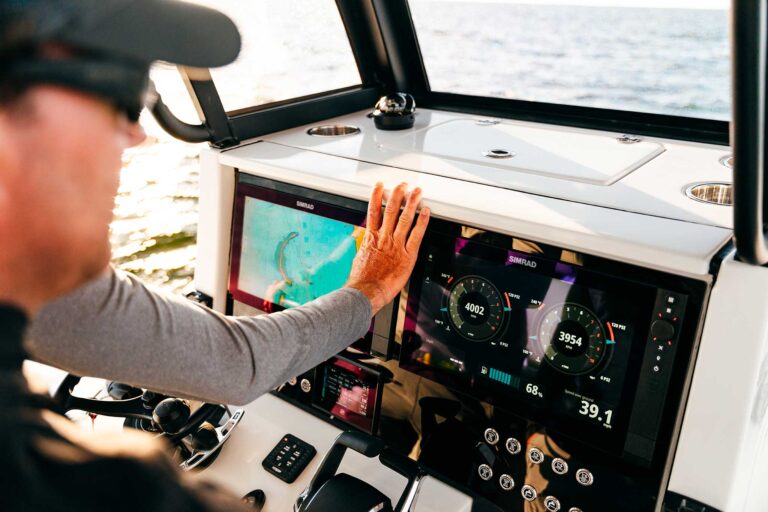
This early twentieth-century image from Red Cross magazine illustrates a story on lifesaving. While the exact location of the scene is obscure, the chronicles of the lifesaving crews’ heroics during the age of sail are well known. But, what about the boat? What kinds of craft did these life savers use to brave storms, surf, wind and waves to rescue those in peril on the sea?
Early life-saving began on a regional basis with volunteers using local craft in local waters. The Massachusetts Humane Society, formed in 1786, set up a station on Nantasket Beach, and shortly afterward volunteers saved five crewmembers from the sinking ship Emeline and a dozen more from the wreck of the Mohawk.
Standardized rescue craft came with the establishment of the United States Life-Saving Service (USLSS) in 1871. The
Jersey pulling surfboat was one such design. The vessels were 25 to 27 feet overall, with a square stern and room for six thwarts and a total of 10 oars rowed in a double-banked (side-by-side) configuration. Construction was cedar over oak.
The boat in the picture above closely resembles the Monomoy pulling surfboat, which came out of Cape Cod and was named after Monomoy Island, off its southern tip. The double-ended 26-footer had four thwarts for eight double-banked oars and carried a mast and sail. Neither of these early boats were self-righting or self-bailing. Those innovations became standard with the introduction of the Dobbins pulling lifeboat, which came out of the USLSS’ Lake Erie/Lake Ontario district in 1878. Up to 32-feet long, it had five thwarts and room for eight double-banked oarsmen. It also carried a sailing rig. The Merryman pulling/sailing lifeboat, based on a British design, was even bigger at 34 feet and featured a two-masted rig and a four-ton displacement.
The lifesavers pushed these craft to their absolute limits. In the Great Storm of November 1888, volunteers for the Massachusetts Humane Society working under Capt. Joshua James rowed—yes, rowed—out to six wrecks in two days, saving 29 people. The USLSS awarded these volunteers 11 gold and four silver lifesaving medals for their heroic efforts.
This article was originally published in the July 2021 issue.










